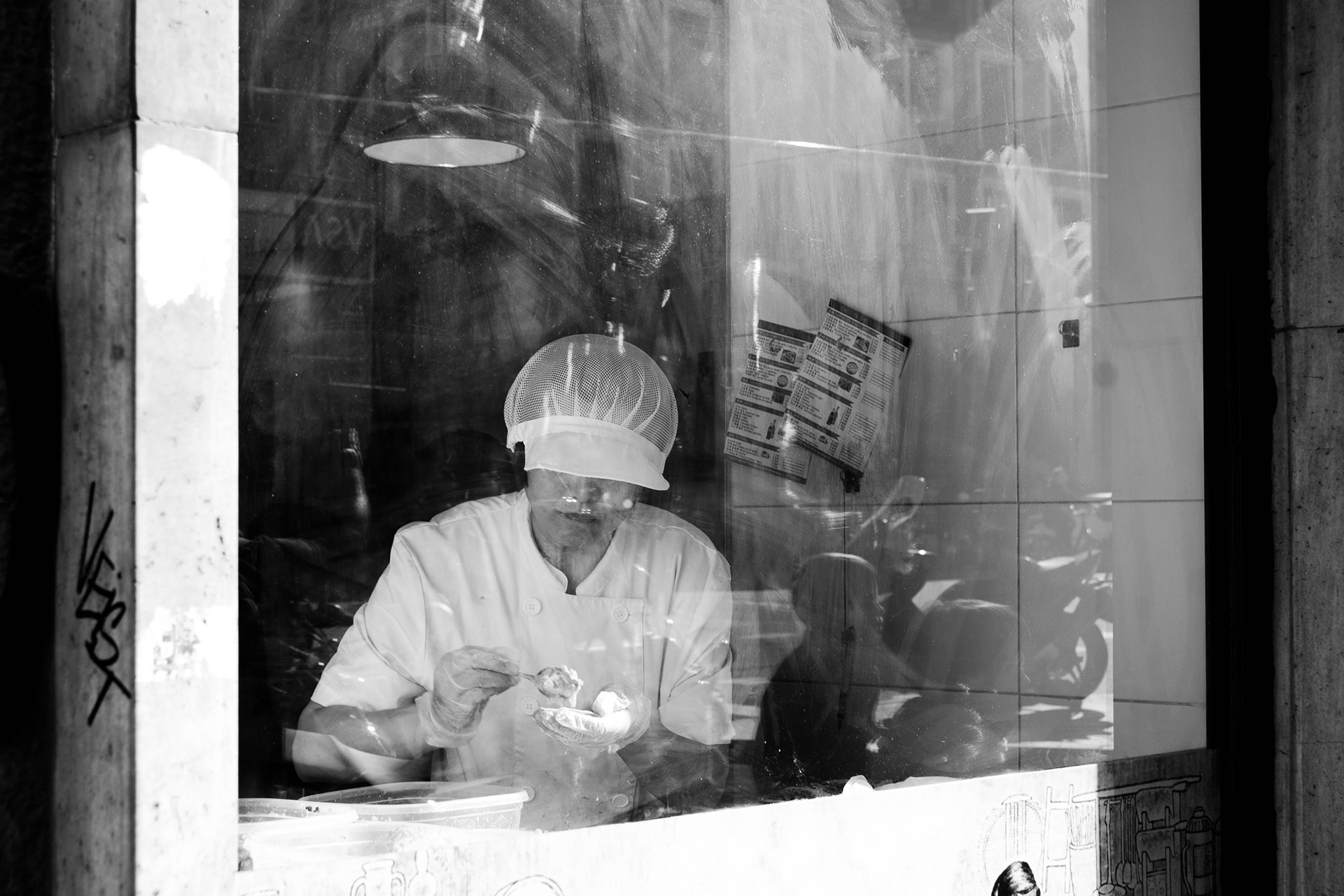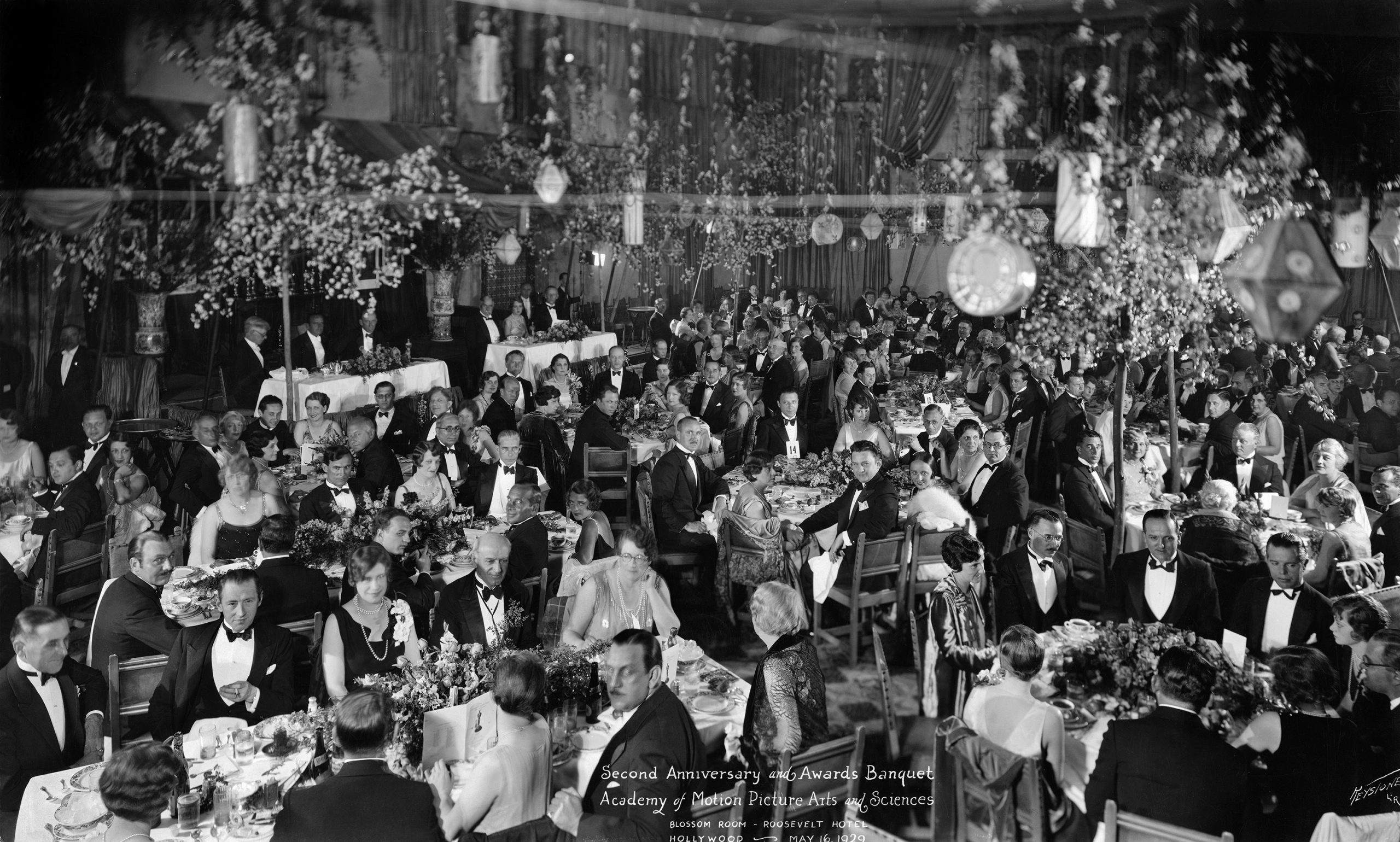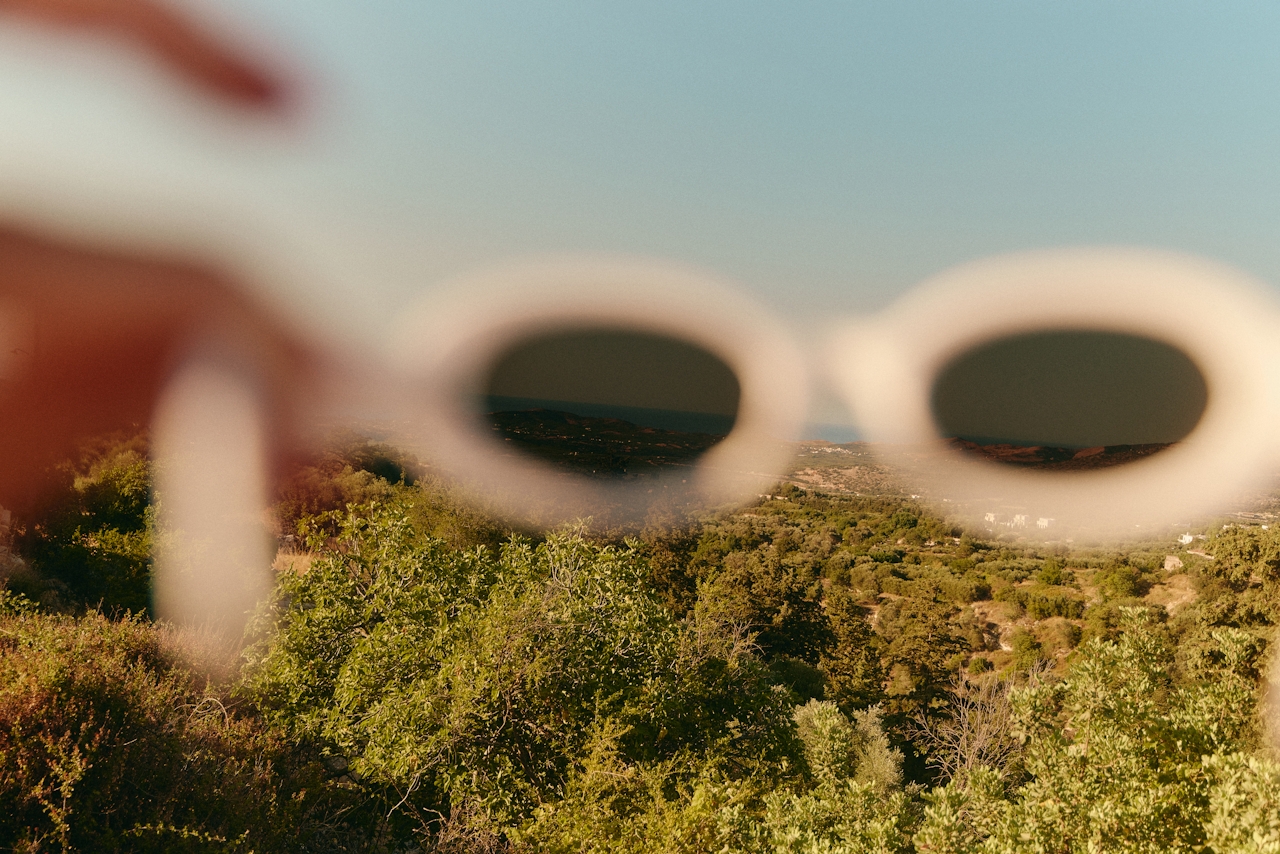Perhaps one of the biggest outside misconceptions about the Experience Economy is that it’s all about entertainment.
While extraordinary experiences often are entertaining, they’re also so much more. Done well, experiences can help solve some of the great challenges of our time. How humans can remain relevant in the workplace as automation ramps up. How we can increase standards of wellbeing to stop it dragging down global economies. And how we can connect knowledge from seemingly unrelated fields to spark new solutions.
The Experience Economy isn’t just entertainment – it’s an antidote. So it goes without saying that those who can provide the cures to the world’s ailments will have clients, investors and governments in the palm of their hand.
To navigate these challenges requires an audacious amount of two qualities that are seemingly hard to inspire: creativity and curiosity. And someone who knows a lot about the cognitive flexibility required to do just this is Theo Edmonds, an experience strategist and WXO Founding Member whose research into how to build a pathway from experience design to creativity and curiosity is both theoretically fascinating and practically inspiring.
We asked Edmonds to share his research with our Campfire. Here are our top seven takeaways from what we learned.
1. Choose The Pathway To Billions… Or Bankruptcy
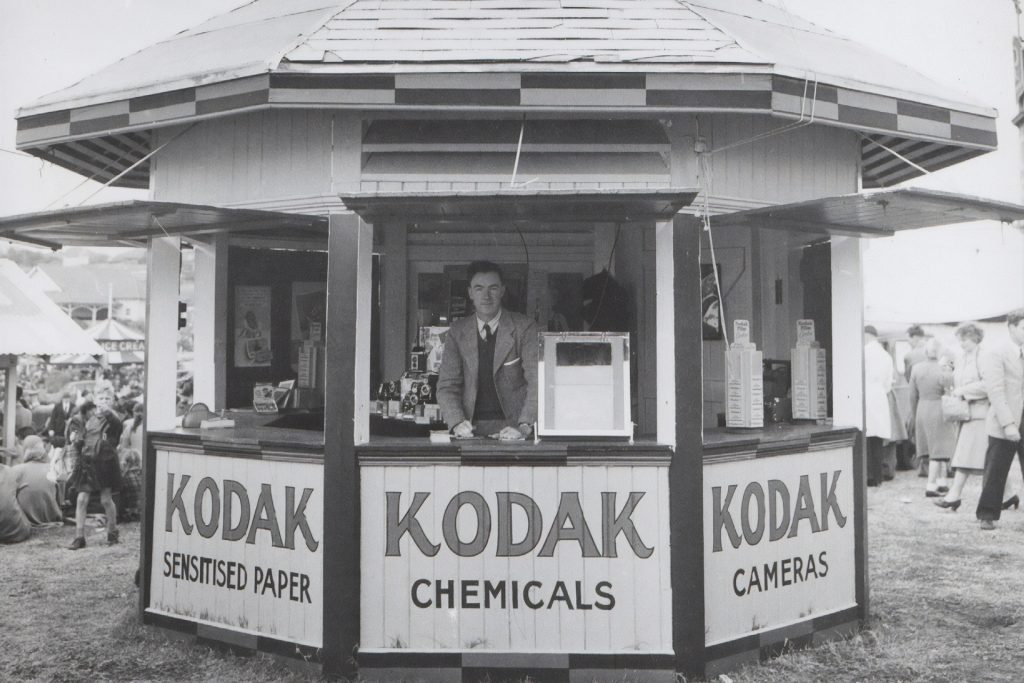
We used to live in a world that was local and linear. Now, the pace of technology has accelerated change to the point where we live in a world that’s global and exponential. A granddaughter and her grandmother now live radically different lives compared to 100, 50 or even 20 years ago.
The key to thriving in this rapidly shifting environment? Having creative insights – and being brave enough to act on them.
If you’re looking for an example of what happens when you don’t, take Kodak. By choosing not to develop their idea for a digital camera, within a couple of years they’d gone bust – while Instagram, at the time a 13-employee company, had a billion-dollar valuation.
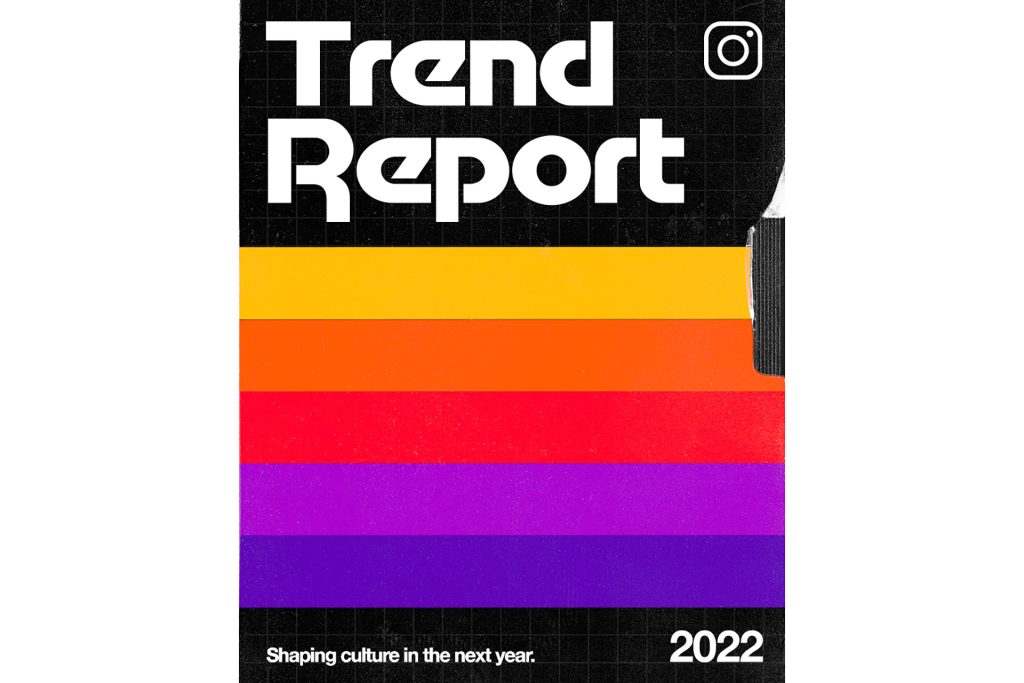
As we move from products into platforms, experience makers are going to play an increasingly important role in how society evolves that goes way beyond ticket sales. A pathway is emerging – if we’re courageous enough to follow it.
2. Identity Is Fundamentally Cultural
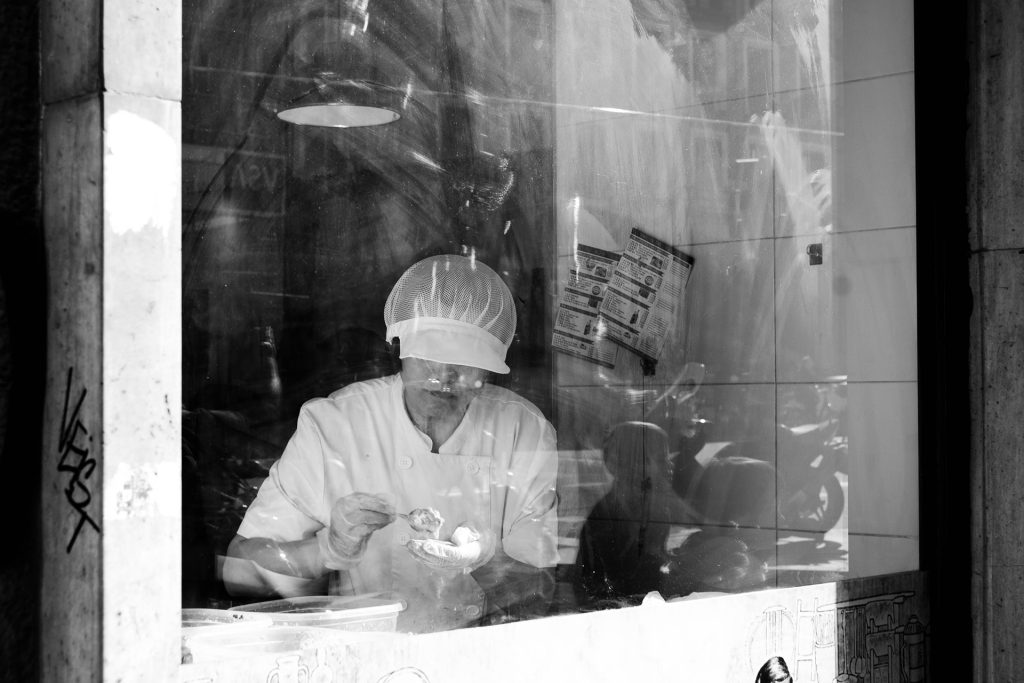
Edmonds told a story about being brought in to work on a project around health improvement for a major US healthcare brand. The company had done all the usual things to try and engage the community they were working in – a fat book of strategies, fun runs, and education. But it was talking to an elderly Black woman in a local park that gave Edmonds his biggest insight.
The woman told him that when she makes cookies, she’s not thinking about the health impact – she’s thinking about her grandmother, who hand wrote the recipe, and the lineage of strong Black women that it represents. Change has to recognise this legacy and be about everything, she told him, or else people just don’t care.
This is backed up by the World Health Organization, who have acknowledged that the neglect of culture in healthcare is a massive barrier. Identity is fundamentally cultural, and what shapes the imagination of nations.
When it comes to experiences, people don’t check themselves at the door. Edmonds looks at 17 different identity constructs that we carry with us wherever we go. Identity is how we orient ourselves and make meaning in the world, and how we navigate cultural shocks such as a change in the dialogue around racism or a global pandemic. A successful experience acknowledges this fact rather than skirting around it.
“A lot of the time we get so seduced by the creative activity we’re engaged in that we forget that other people have to see themselves in the story, and if they don’t they won’t find it meaningful. If there isn’t a personal entry point in, they will probably only go through your experience once. So there’s an economic dividend to be paid by creating one, even if it takes more time and is harder to do.”
Theo Edmonds, experience strategist
Understanding these inner motivations leads to empowerment and transformation.
“Experience design isn’t just entertainment and stimulation – it’s purpose driven. It’s about understanding the inner purpose of your audience and finding tools to reach them. When you do this, your audience becomes empowered and the internal transformations that take place manifest in the long term. Otherwise it’s not an experience, it’s an event. We need to speak to and learn from them.”
Pigalle Tavakkoli, experience designer
If we don’t empower people to become the hero of their own story (see Campfire 31 & 32: Who’s The Hero? for more), it can breed alienation and even resentment.
“I sometimes resent when an experience designer assumes I’ll identify with their story – it’s what I call the Disney problem. Rather than a story, I’d like to see a series of encounters designed to evoke nostalgia – the smell of Christmas pine or cookies, for example. You should create immersive experiences in which people recall their own stories in a context that make us recall our own and can be shared with others.”
Doug Steel, translational scientist
3. Experience Is A Cultural Question
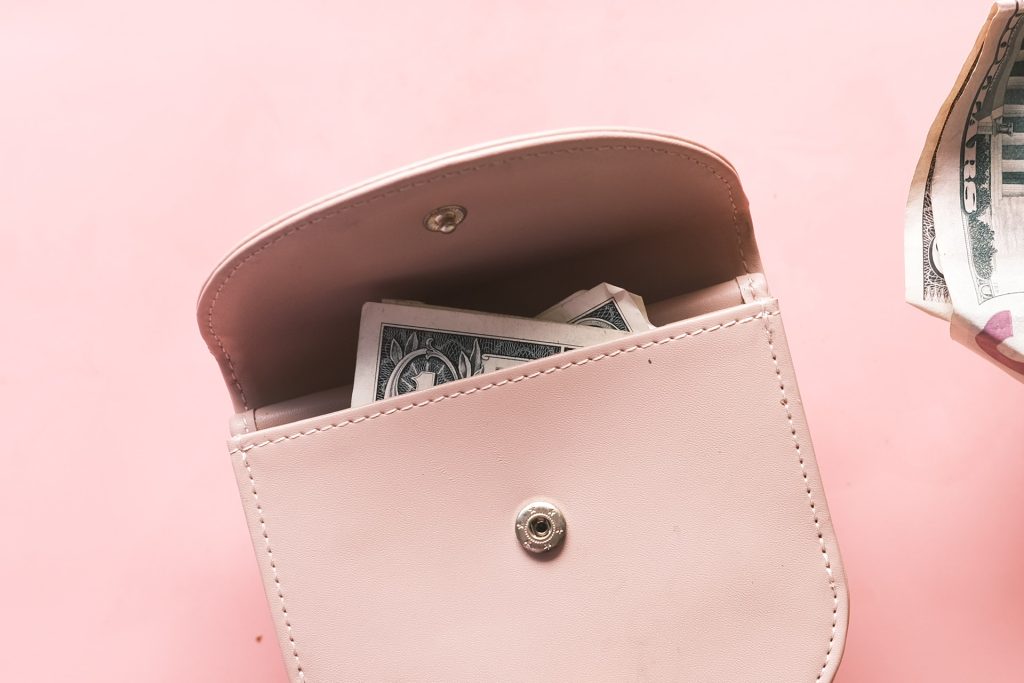
In 2010 2 billion people were online, mainly in the global West. By 2030, there will be 3 billion new creators added to that total from all over the world. The creative and cultural industries add $2.2 trillion dollars annually to the global economy. Culture is the context in which creativity lives – so what new forms of experience and commerce will arise from this explosion in access?
Different people’s experiences in the world cause them to ask questions and make decisions that will change those experiences. Gen Z will make up 20% of the workforce in the next three years. How will a generation raised on hedonic loops, but also holding long-term environmental and justice goals, affect the culture and experiences we create?
If we ignore shifts such as these, we can end up on the wrong side of the cultural conversation. Take Bic, for example, who were much maligned for their range of pens targeting women, where the only difference seemed to be that they were smaller and pinker (and they’re not the only ones – check out other ways in which “the pink tax” hurts women). But culture change starts with the underlying ecosystem of organisations, not just with the HR department or what you can see on the surface.
How we react to an experience will also be impacted by cultural shifts. Take Meow Wolf’s Convergence Station, for example.
“It came up at a time when the world was going through incredible ambiguity – the pandemic, family relations, racial justice, the Great Resignation, and so on. We’re all going through that together, but in very personal ways. When people say they strongly identify with a political ideology, it normally means they’re uncomfortable with ambiguity. When they feel like that and go into something like Convergence Station, it just doesn’t connect.”
Theo Edmonds, experience strategist
However, ambiguity can also be a useful tool when designing for different audiences – it’s the opposite of Steel’s linear Disney story. Ambiguity allows for multiple interpretations, and discomfort allows for growth. But this has to be balanced with the cultural context it takes place within.
4. Cultural Capacity Depends On Hope, Trust And Belonging
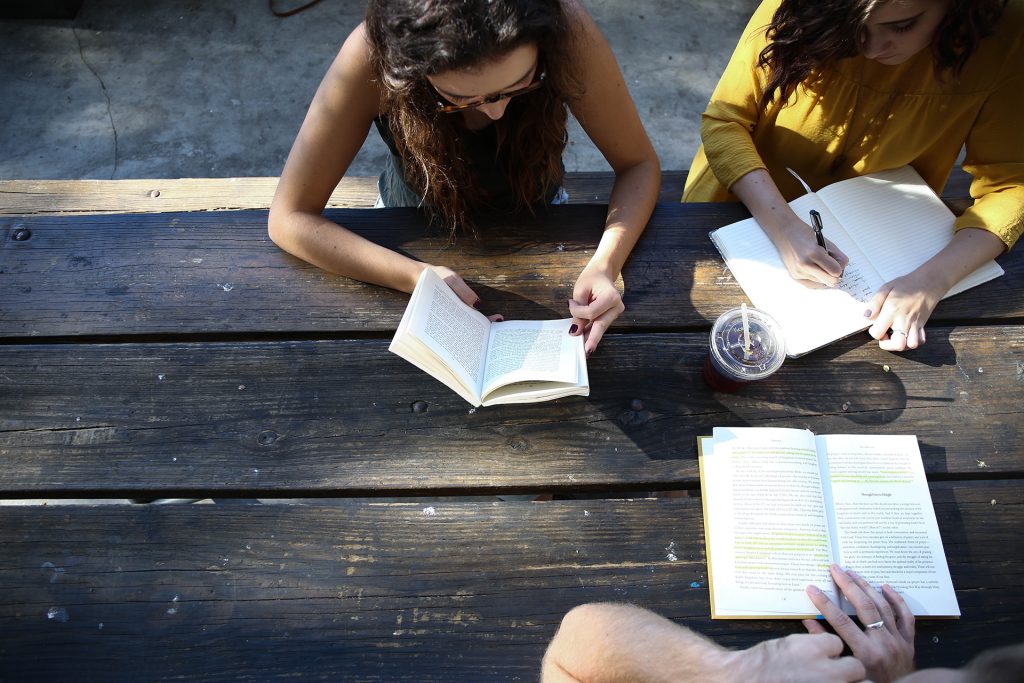
Edmonds and his team have developed a measure for predicting the cultural capacity of an organisation based on three things: hope, trust and belonging.
Hope = confidence in me. It doesn’t mean optimism, which is the belief that things will work out without us doing anything. Hope is instead about personal agency – because of our actions, we can move towards reaching a future uncertain goal. People in historically oppressed communities have incredibly high hope scores, as they’ve learned to create their own routes through the world
Trust = confidence in you. Trust is fragile, takes time to earn, has to be renewed constantly and can be broken instantly. It’s also incredibly hard to change.
Belonging = confidence in us. It can be summarised in the three questions we ask ourselves when we enter any new environment: am I safe here? Am I connected to the people in this room, and how? And do we share a future together as a group? (For more on the importance of psychological safety, see the Google Aristotle project.)
A project Edmonds worked on in Colorado found that these metrics accounted for 40% of all variants to success.
Natalia Skibenko wondered if you could design an experience to create hope, trust and belonging without a story, or if story is an essential part of these metrics.
“Story is absolutely core, as culture is a dialogue that never ends. You should start with people’s stories in the community, and then turn them into experiences. If you can create a feedback loop from your experience so that the story then gets told in the community, it becomes a cultural asset in a way a ticket-sale event never will.”
Theo Edmonds, experience strategist
5. How To Design For The 55 Curiosity Phenotypes
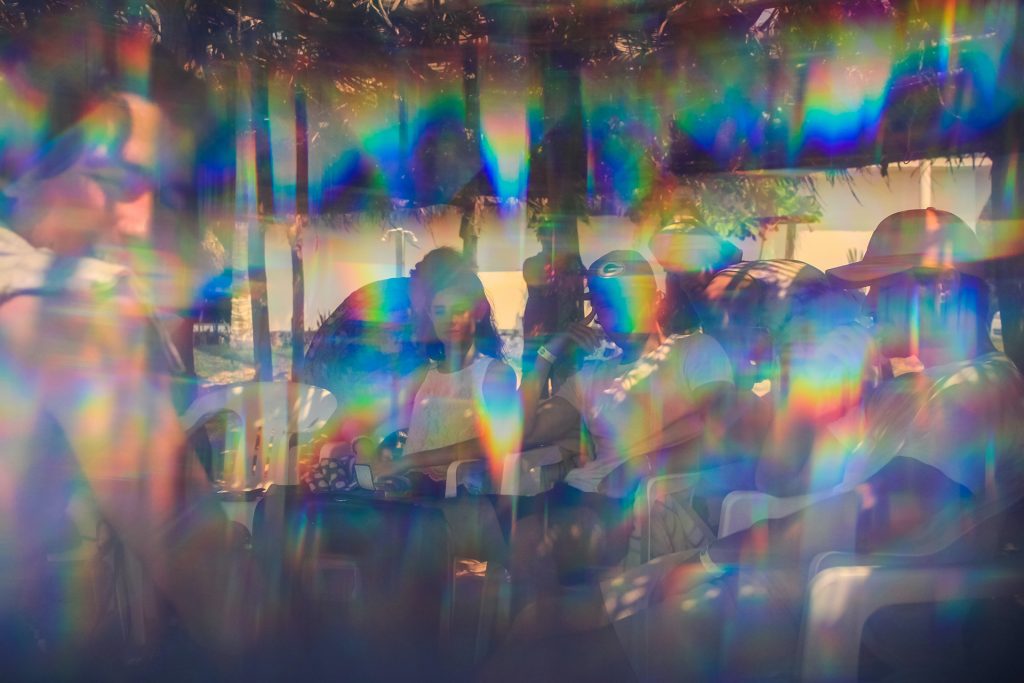
There are 55 possible curiosity orientations. As Edmonds says:
“Curiosity is more like a kaleidoscope than a telescope.”
Theo Edmonds, experience strategist
However, 90% of organisations will only contain 4 or 5 of these 55 phenotypes. This shows that they’re really good at hiring for culture fit, but if the environment changes, they won’t have the capacity to think differently and adapt.
It’s therefore vital to think about how to expand the amount you have in your business – at The WXO, we’ve adapted our application form to target the curiosity of potential members as a result.
But if there are 55 different curiosity types – not to mention the untold number of cultures and identities we carry with us, as well as how we change throughout the course of a day, or even an hour – how can we attempt to design for everyone and scale our experiences?
“The higher the number of people in your experience, the more shallow it will be – but this doesn’t take away its value altogether. It should still be life-changing and impactful whatever the scale, but the expectation is different. You can also create spheres of experiences within a large-scale event that become more intimate, so audiences can have a range of depth.”
Pigalle Tavakkoli, experience designer
For an example of an experience that allows for intimate experiences at scale, see artist Pedro Reyes’ project SANATORIUM.
6. Beware Hedonism! Embrace Eudaimonia
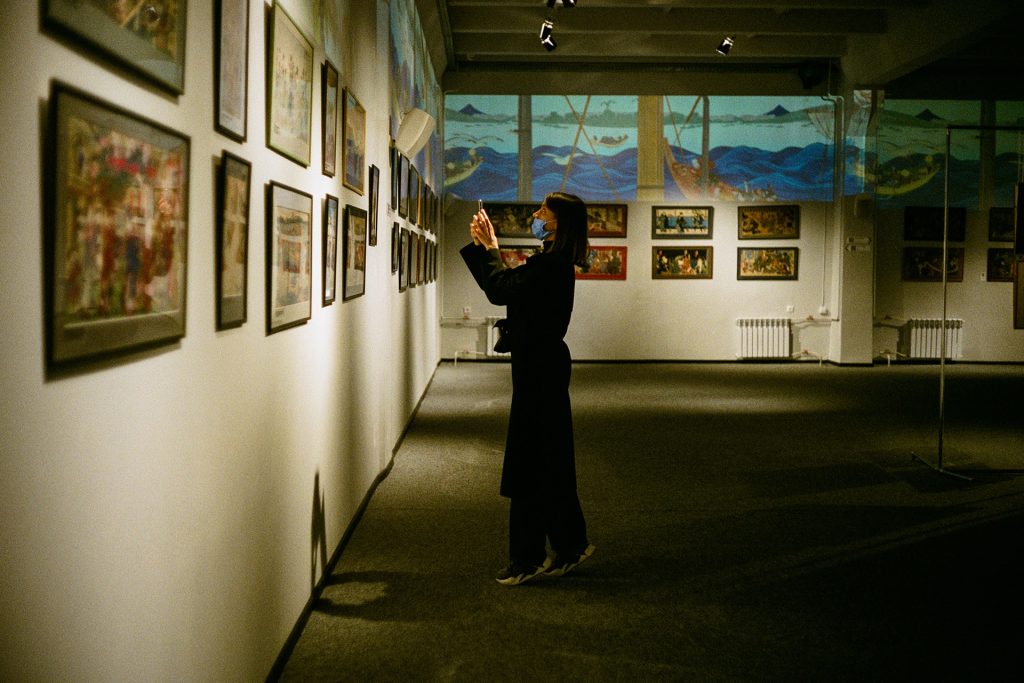
We have a tendency to seek out hedonic experiences – those that give us pleasure and avoid pain, like getting a “like” on social media or buying a new car. However, these types of experiences not only have short-lived effects, over time they also make us less curious and less creative.
Instead, we should look to embrace eudaimonic experiences: activities that focus on making meaning, like baking your grandmother’s cookies. These often involve acquiring skills and the layering of personal levels of meaning. And while they activate the same centres of the brain as hedonic experiences, not only do the effects last longer – they also make us more curious and creative.
“What makes eudaimonic activities such a powerful influencer is that people see themselves in them. They’re part of the cultural conditions of creativity.”
Theo Edmonds, experience strategist
When we have autonomy, confidence, and understand how what we’re doing relates to something bigger than ourselves, it has a huge impact on our wellbeing. So we should make our experiences eudaimonic rather than hedonic to have the biggest chance of triggering transformation.
“In a museum experience, the holy grail is activating someone’s curiosity so it becomes a sort of collaboration – they’re doing the work, so they get a greater reward. This means we have to battle the cultural expectation that it’ll be a passive experience – that people can turn up and let it wash over them. We need to raise people’s expectations and sense of responsibility so they get more out of it as a result.”
Sophie Shaw, founder, HOCC
We should value these eudaimonic activities not only for their impact on wellbeing, but also on our economies. No mission, no money.
“Some of the most impressive innovation I’ve seen is happening far away from Silicon Valley – they’re making meaning from the world they inhabit. What’s holding us back from valuing this? Confirmation bias is very seductive for the VC leader who wants to invest in someone like them and see a hockey-stick exit. But growth potential lies elsewhere. It’s not a social justice thing: it’s how we can create value that is a benefit to society.”
Theo Edmonds, experience strategist
Can an activity be both hedonic and eudaimonic? Joe Mattson, who is working on a pitch for Fireball whisky, wondered if the tension that arises from designing an experience that confounds someone’s expectations of a product could be a powerful tool.
“What people think they want is different from what they really want. Hedonism can be part of eudaimonia, even if it’s just supporting it. Look at how Red Bull supports ridiculously challenging extreme sports, for example. To create flow, you need struggle and release.”
James Wallman, CEO, The WXO

(See horror experience designer Michael Badelt’s comments in Campfire 22: New Metrics For A New Economy that his experiences are a “‘Trojan horse’: they promise fun, but have unexpected ethical and emotional challenges built in so that guests take away something more than they expected, and society perhaps gets a little better in turn.”)
7. How To Measure The Impact Of Curiosity
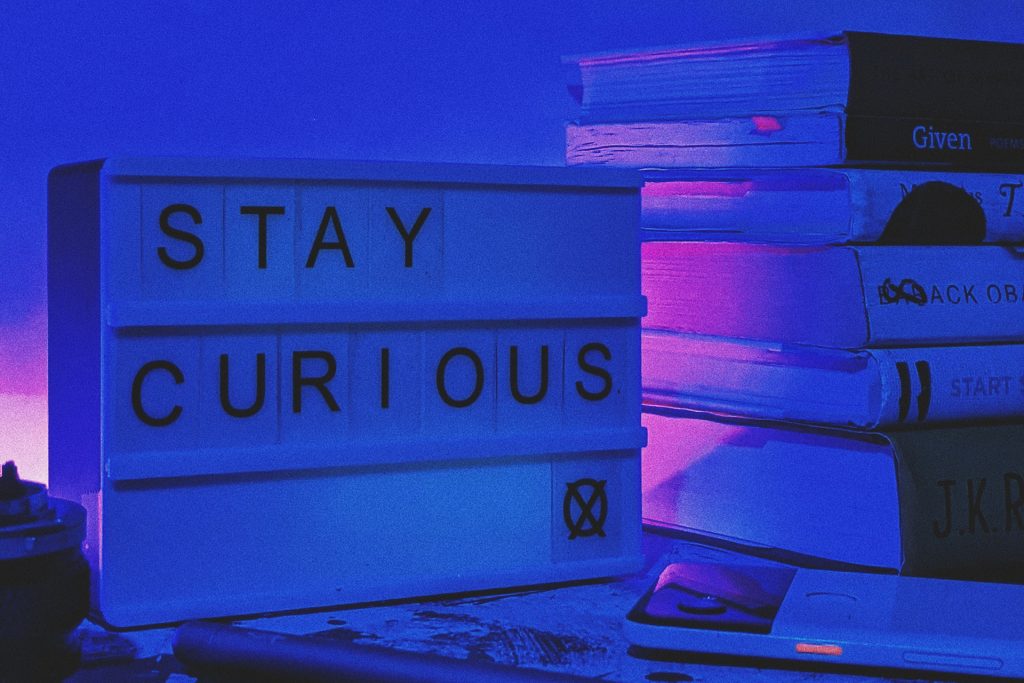
So how do we measure the impacts of curiosity? Edmonds cites the work of researchers Todd Kashdan and Harrison on the five-point curiosity scale as one measure.
He is also partnering with Penn State’s cognitive neuroscience creativity lab to develop measures such as semantic distancing, where you can measure a person’s creativity by asking them for as many words as they can associate with a certain term (“animal”, for example). It’s about thinking of intelligence differently and through the lens of creativity.
“This kind of data in the hands of very talented experience makers could have a measurable impact on many of the things that we’re grappling with as a society. But it has to be intentional, it has to be designed, and it has to be measured.”
Theo Edmonds, experience strategist
The WXO Take-Out
Creativity and curiosity might be traits we’re born with, but they can also be provoked, encouraged and measured from the types of experiences we design.
The key to doing this is understanding that identity is cultural, and that experience is therefore a cultural question. We need to broaden our understanding of what creativity, curiosity and intelligence are to better suit the fast-moving world we inhabit, and to design experiences that suit the diverse, contradictory mass of individuals and identities we design for.
A few questions you can ask yourself ahead of your next experience:
- Do I design for hope, trust, and belonging?
- Do I design experiences that encourage curiosity and creativity?
- Do I design hedonic or eudaimonic experiences?
- How do I know that I’m doing, or succeeding, at any of the above?
Want to be part of the most inspiring experience conversations in the world? Apply to become a member of the World Experience Organization here – to come to Campfires, become a better experience designer, and be listed in the WXO Black Book.

